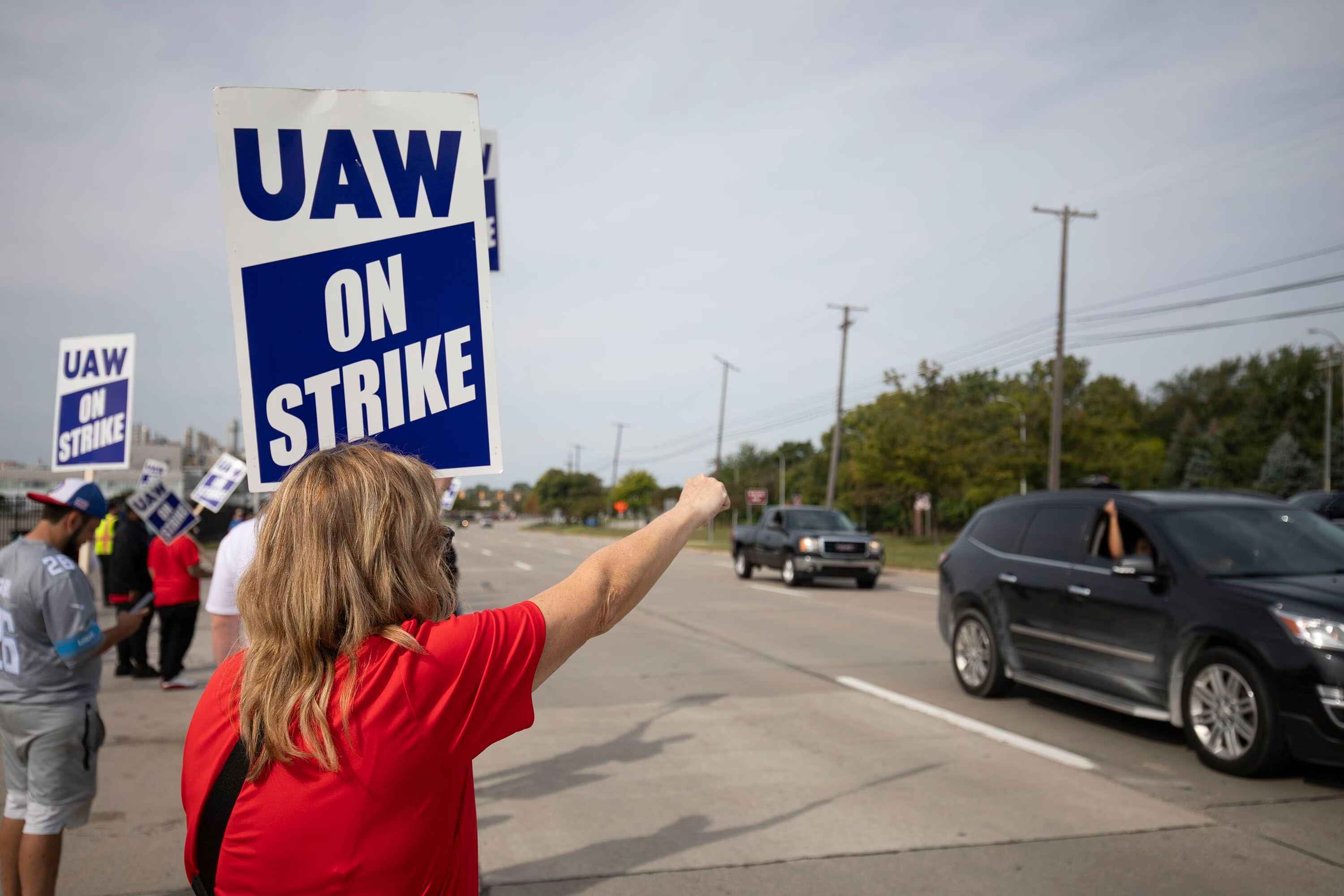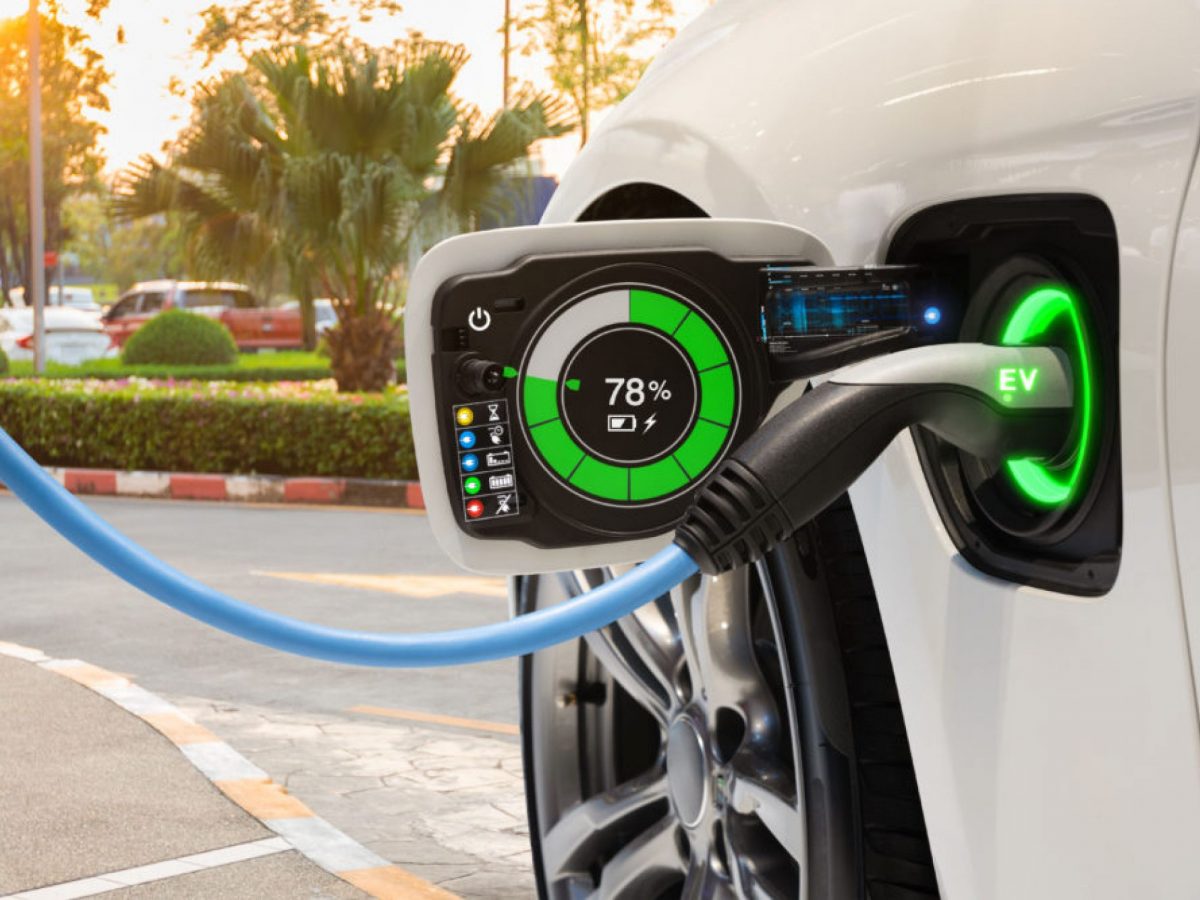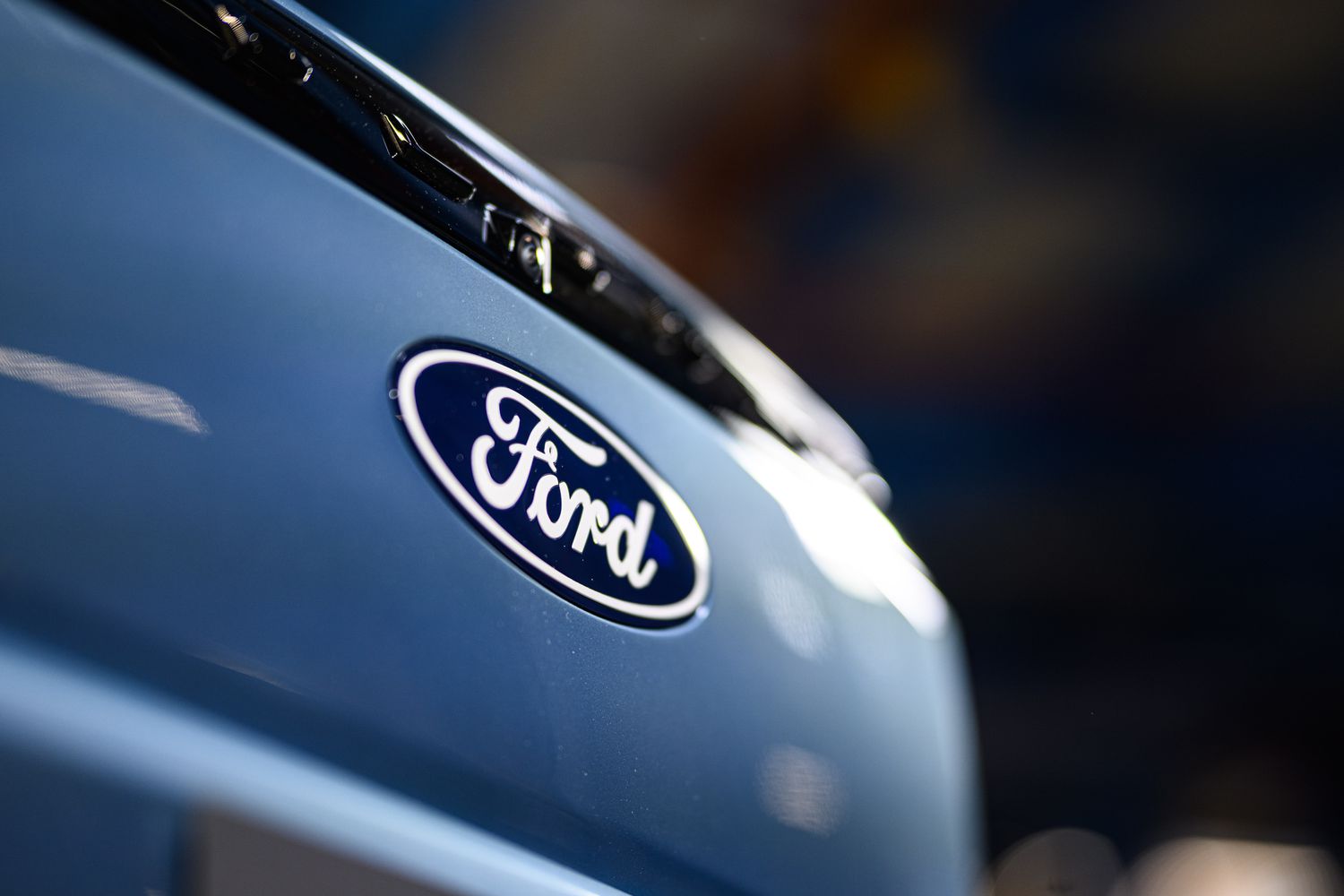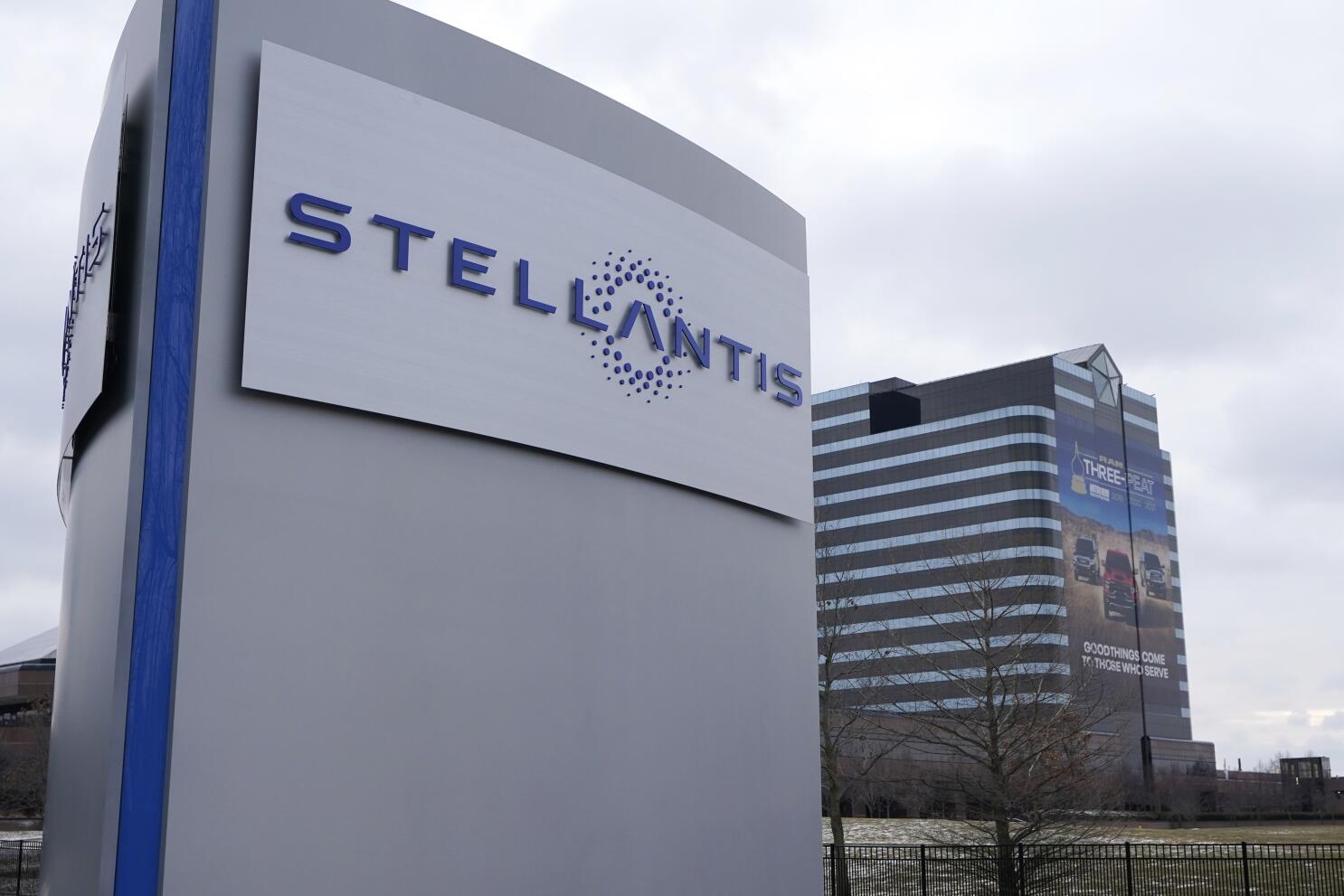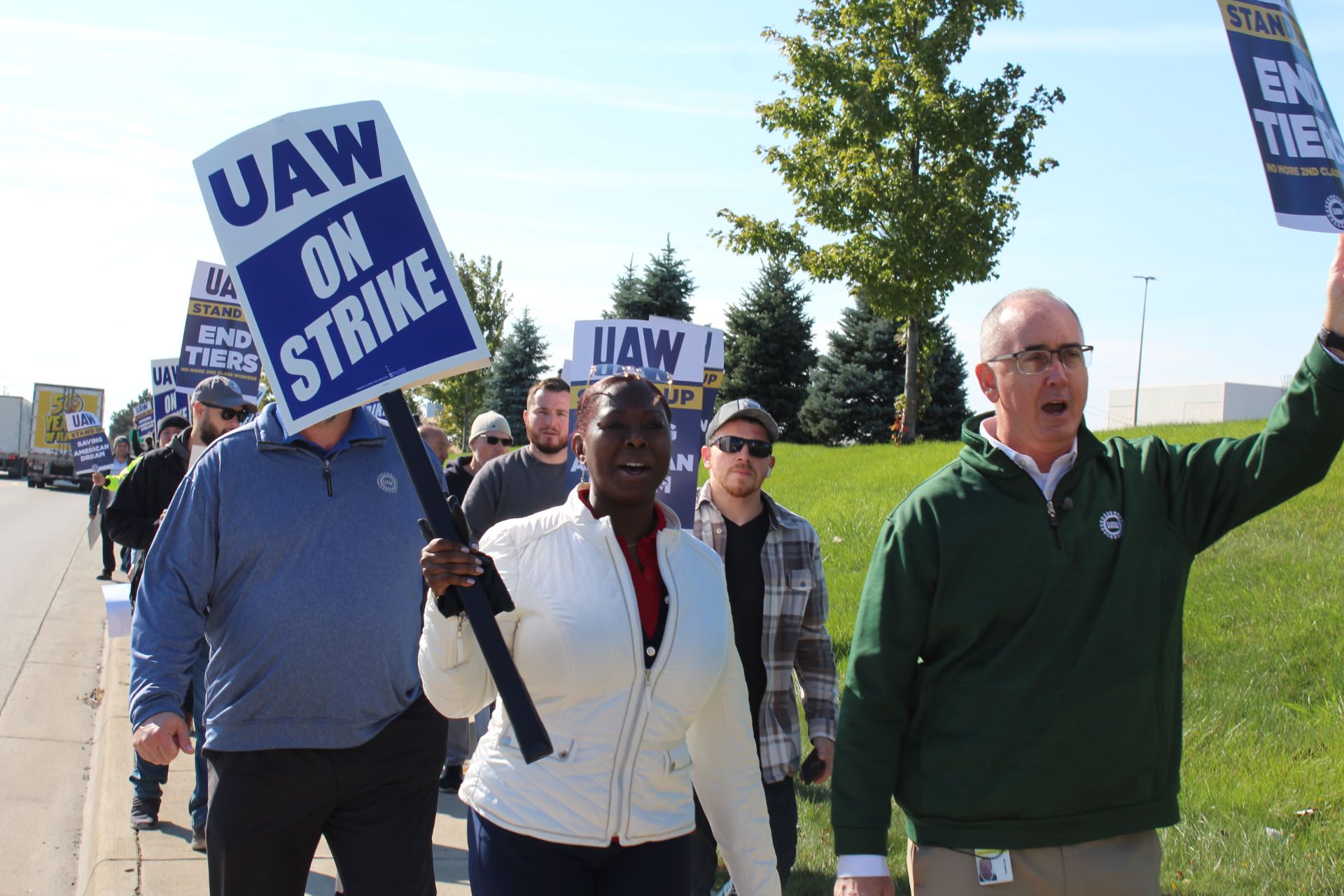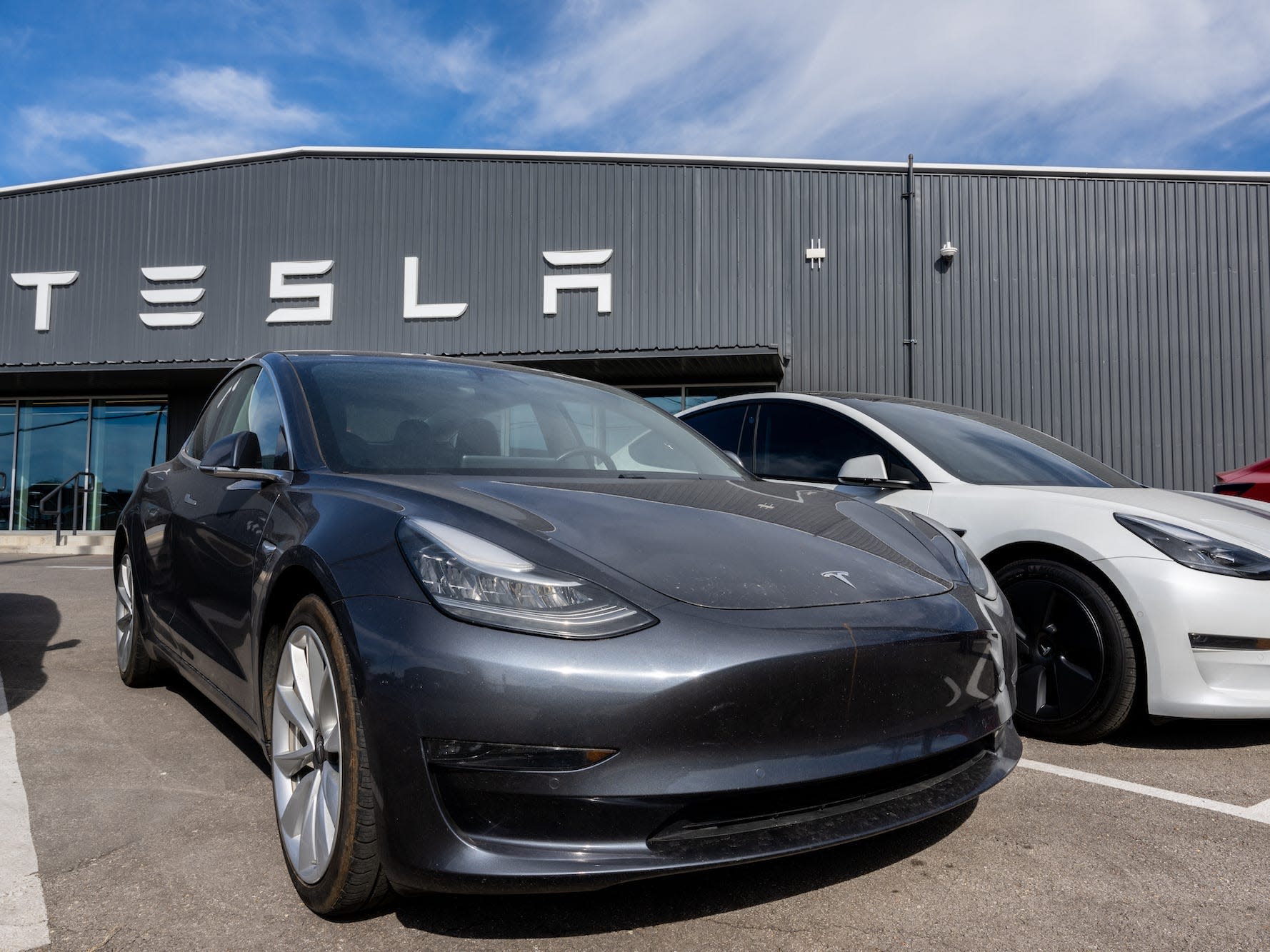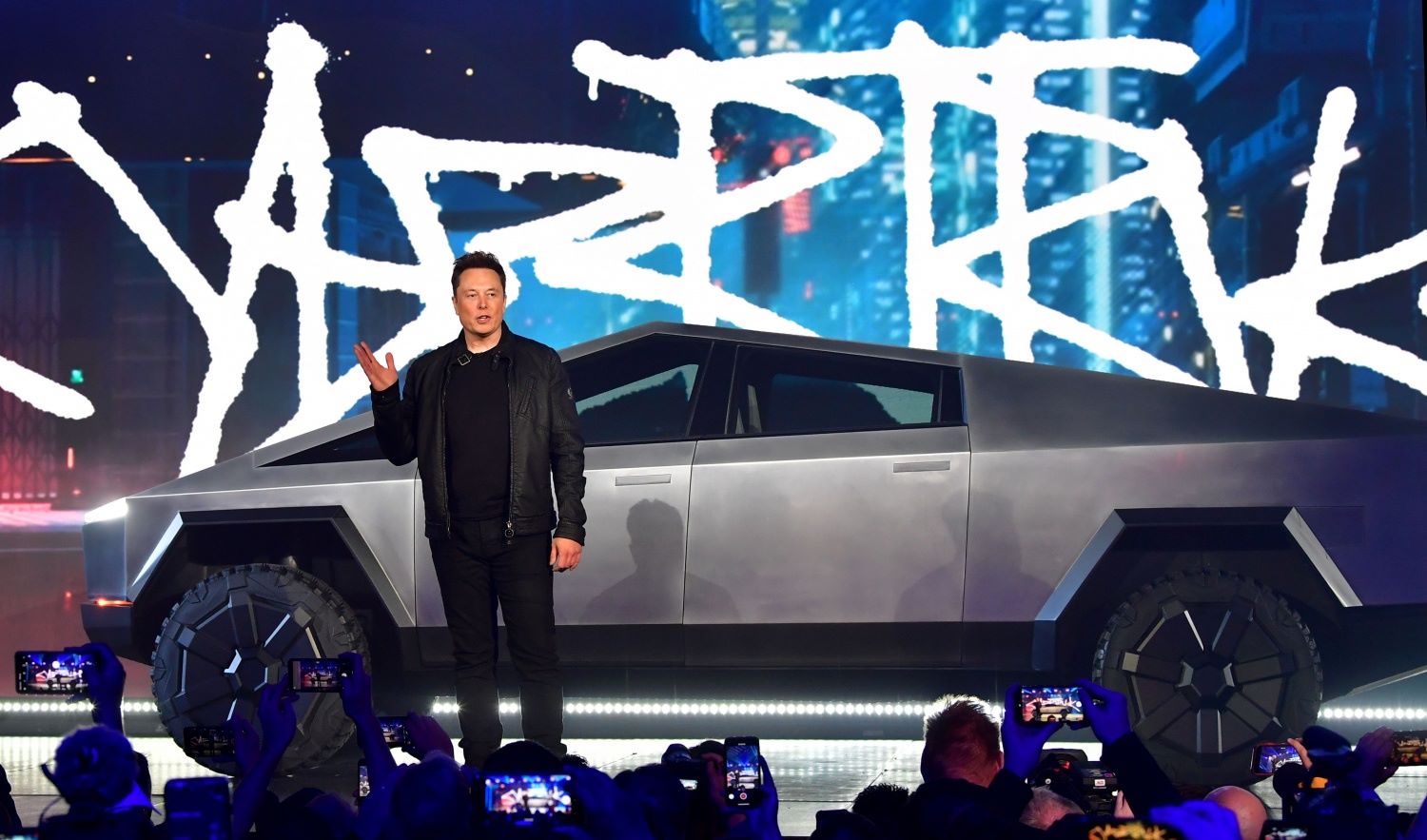The ongoing strike by the United Auto Workers (UAW) against General Motors, Ford, and Stellantis is causing concerns within the electric vehicle (EV) industry. With all three automakers heavily investing in EV production, the strike could lead to delays in production and delivery of current and future EV models. This, in turn, might result in higher prices for consumers.
Key Takeaway
The UAW strike against major automakers poses a threat to the production and delivery of electric vehicles. Delays caused by the strike could result in higher prices for consumers and give an advantage to Tesla, which already produces EVs profitably. The outcome of the strike will have far-reaching implications for the future of EV production and the labor movement in the automotive industry.
UAW Strike Update
The UAW strike, now in its fourth day, shows no signs of resolution. Around 13,000 workers began picketing after the UAW’s deadline passed without a deal. The union president, Shawn Fain, has set a new deadline for September 22.
The strike is being conducted strategically, with the union targeting specific factories one at a time. The initial targets were GM’s truck and van plant in Wentzville, Missouri; Ford’s Ranger pickup and Bronco SUV plant in Wayne, Michigan; and Stellantis’ Jeep Wrangler and Gladiator plant in Toledo, Ohio. Additionally, Unifor, the Canadian autoworkers’ union, has warned of a potential strike against Ford in Canada.
The Shift to Electric Vehicles
At the heart of the UAW’s fight is the transition to electric vehicles. EVs require fewer parts and fewer workers to assemble, which raises concerns among union members about job security. The traditional automakers are investing heavily in electrifying their production lines, aiming to compete with Tesla. However, Tesla, whose workforce is non-unionized, is already producing EVs profitably.
Analysts warn of potential production delays and increased costs for EVs as a result of the strike. Even a strike lasting more than four weeks could lead to significant delays in production, affecting GM, Ford, and Stellantis until 2024. This could benefit Tesla in the short term, as consumer demand for EVs continues to rise.
The Key Demands and Potential Consequences
The UAW’s key demands include a 36% hourly pay increase, a reduced 32-hour work week, a shift back to traditional pensions, the elimination of compensation tiers, and the restoration of cost-of-living adjustments. However, if these demands are met, it could result in billions of dollars in additional costs for the automakers.
Automakers argue that meeting the demands would hinder their ability to continue producing vehicles with combustion engines while investing in EV development. The CEOs of Ford and GM warn of the potential consequences, with Ford’s CEO, Jim Farley, stating that meeting union demands would force the company to scrap its investments in electric vehicles. On the other hand, the UAW argues that workers deserve better compensation after years of stagnation while auto executives’ salaries have increased significantly.
The Role of Labor Costs and the Union Movement
Experts have differing opinions on the impact of increased labor costs. Some argue that labor costs make up a small percentage of the overall vehicle cost, with batteries being the main expense. They do not believe that meeting union demands would price the automakers out of the market. Others argue that higher wages would lead to an increase in EV prices, passing the costs onto the consumers.
It is worth noting that the UAW’s push for higher wages is also fueled by concerns about income inequality, with large pay gaps between executives and workers. In 2022, the CEOs of GM, Ford, and Stellantis received millions in compensation, significantly higher than the average worker’s wage. The UAW sees this as a reason to fight for increased wages and better working conditions.







